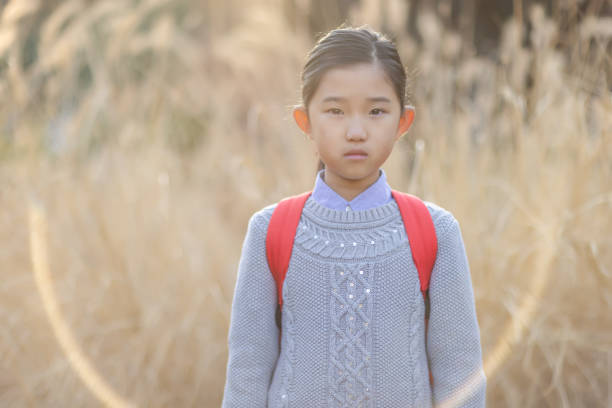So, you’ve noticed some puzzling changes in your 7- or 8-year-old lately? Don’t worry, it might just be the mysterious phase known as adrenarche making its entrance. As a parent, navigating these uncharted emotional waters can be bewildering, but fear not – understanding the ins and outs of adrenarche can help you steer your child through this turbulent time.
My Journey with Adrenarche: A Mother’s Tale
A mother of four girls experienced firsthand the bewildering changes that can occur during adrenarche. When her second daughter hit 7, her sunny disposition took a turn for the stormy. Confused, the mum sought answers from her teachers, who enlightened me about the hormonal rollercoaster many children experience around this age.
Decoding Adrenarche: What’s Really Going On?
Let’s dive into the science behind adrenarche. Recent studies, like the groundbreaking research conducted as part of the Childhood to Adolescence Transition Study in Australia, have illuminated the inner workings of this enigmatic phase. At its core, adrenarche involves a surge in adrenal androgens, laying the groundwork for the hormonal changes that lie ahead in puberty.
Demystifying Adrenarche: What Does It Mean for Your Child?

Image from iStock
So, what exactly is adrenarche? Simply put, it’s nature’s way of priming your child’s body for the rollercoaster ride of puberty. During adrenarche, the adrenal glands kick into high gear, churning out hormones like DHEA that play a pivotal role in shaping your child’s emotional and metabolic landscape.
Spotting the Signs: Is Your Child Riding the Adrenarche Wave?
Unlike the more visible changes of puberty, adrenarche tends to fly under the radar. Your child may not sprout hair or develop acne just yet, but internally, their emotions may be in overdrive. Picture your little one swinging from tears to tantrums without warning – classic adrenarche in action.
Navigating the Adrenarche Adventure: Tips for Parents

Image from iStock
So, how can you weather the storm of adrenarche with grace? It all boils down to communication and understanding. Take the time to talk to your child about their feelings, reassuring them that what they’re experiencing is perfectly normal. Encourage coping mechanisms like deep breathing and mindfulness to help them ride the emotional waves.
Expert Advice: Insights from the Front Lines of Childhood Development
Experts like Liat Hughes Joshi echo the importance of acknowledging your child’s emotions while providing them with the tools to navigate this rocky terrain. By empowering your child to take charge of their emotional journey, you’re setting them up for success as they transition into adolescence.
Embracing Adrenarche: A Gateway to Growth and Discovery
In the end, adrenarche is not just a phase to endure but a journey to embrace. By embracing the highs and lows of this transitional period, both you and your child can emerge stronger and more resilient, ready to face whatever challenges puberty may bring. So buckle up, parents – the adrenarche adventure awaits!
ALSO READ:
8 Signs Your Son Is Going Through Puberty And How You Can Help Him Cope
Girl, 7, Experiences Early Puberty After Sleeping With the Lights on for 3 Years
8 Ways To Maximise Your Daughter’s Growth During Puberty!